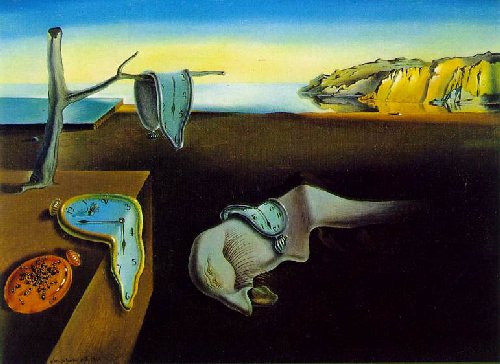a case for baby girls
if history has taught us one thing, it is that numbers are ineffectual. they are to be bandied about at will, or used to initiate conversations at dinner tables. this may be why census reports or occasional bomb blasts fail to shake us. our eyes simply run over figures before moving on to the next sensational item of interest.
let me try, nonetheless, to resurrect a few recently buried numbers. between 1991 and 2001, india reported 927 girls aged 0 and 6 for every 1,000 boys. this dropped to 914 between 2001 and 2011, a period known in some deluded circles as the india shining decade. according to a recent study by the lancet, one of the world’s most respected weekly medical journals, the number of sex-selective abortions of girls rose from approximately 2 million in the 1980s to a staggering 6 million by 2010. this corresponds, roughly, to the number of european jews murdered during world war ii.
our census 2011 has revealed that, among 28 states, kerala has 1,084 females per 1,000 males on the sex ratio front. at the other end of that spectrum, haryana reports 877 girls. maharashtra reports 883 girls for every 1,000 boys. a decade ago, it had reported 913.
let me now draw your attention away from these large figures to the minuscule 6 — the percentage of convictions among cases filed against doctors in states with the most skewed sex ratio. of 805 cases filed under the pre-conception and pre-natal diagnostic techniques act (pcpndt), 55 were awarded convictions. media reports suggest there wasn’t enough evidence to pursue the rest.
also consider 2,382 — the number of compact portable ultrasound kits in maharashtra, according to a report prepared by the state health department. priced between rs 2 and rs 4 lakh, some of these are as compact as the average cell phone. and there is no way of monitoring their sale.
the government amended the pcpndt in 2003 to prohibit sex determination. anyone who seeks a prenatal diagnostic test to determine the sex of a foetus is allegedly liable to imprisonment for three years and a fine of up to rs 50,000. medical practitioners found guilty face the same term and a fine of up to rs 10,000. does this sound like a deterrent?
i have two questions for the ‘guardians of our culture.’ if it is as rich as they claim it to be, what happened to our much touted belief in ahimsa, or non-violence? why do girls continue to die?

